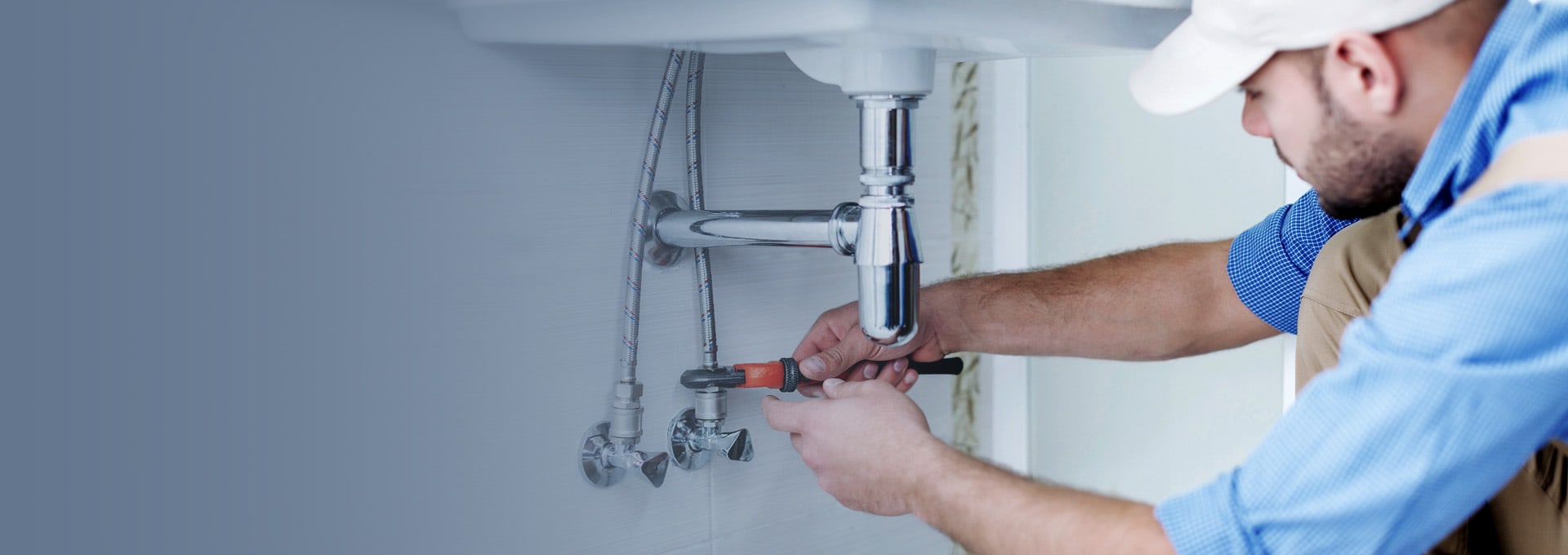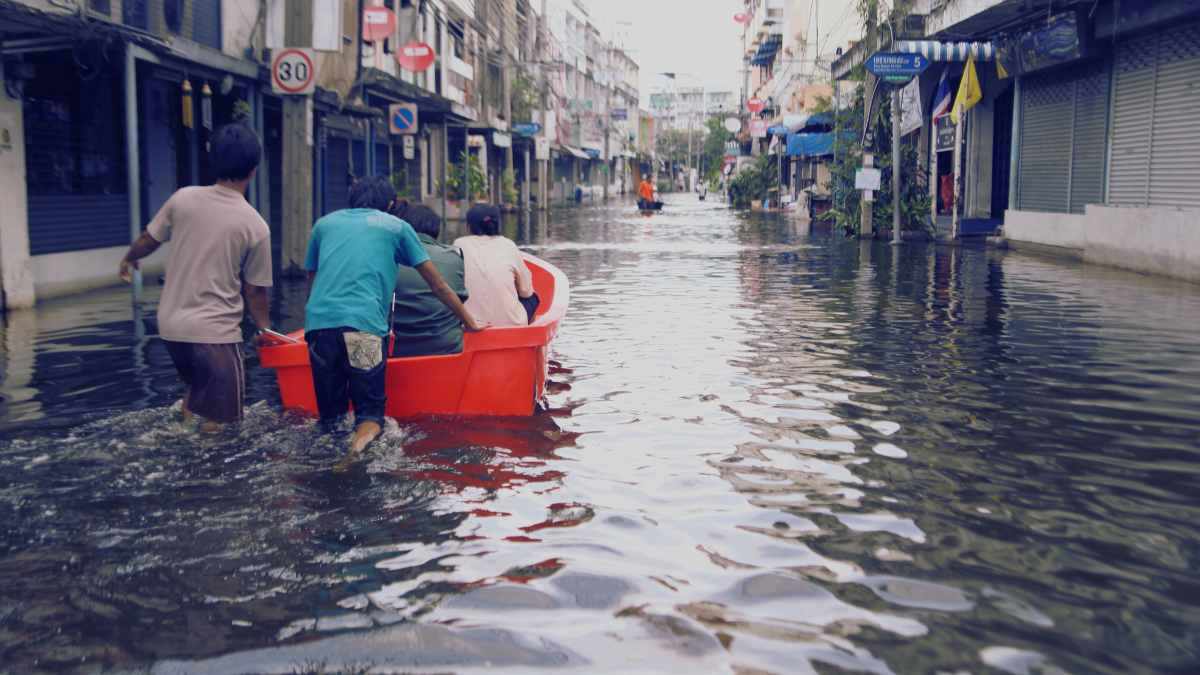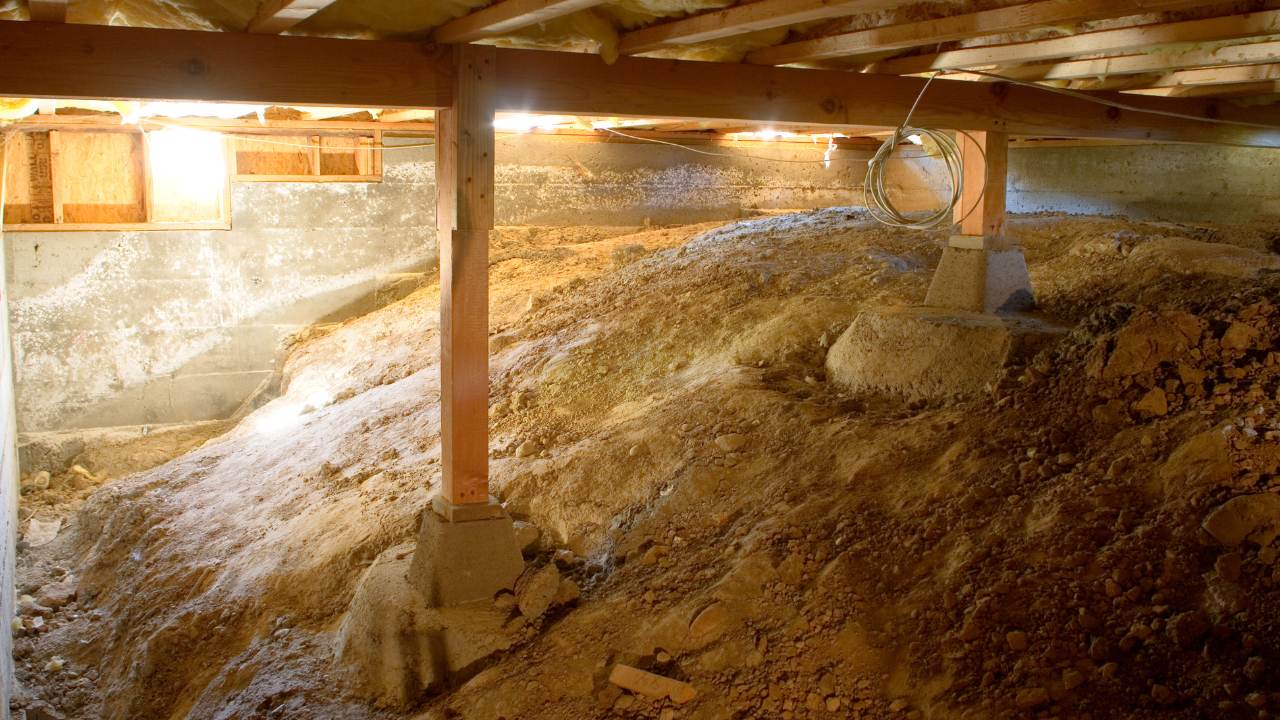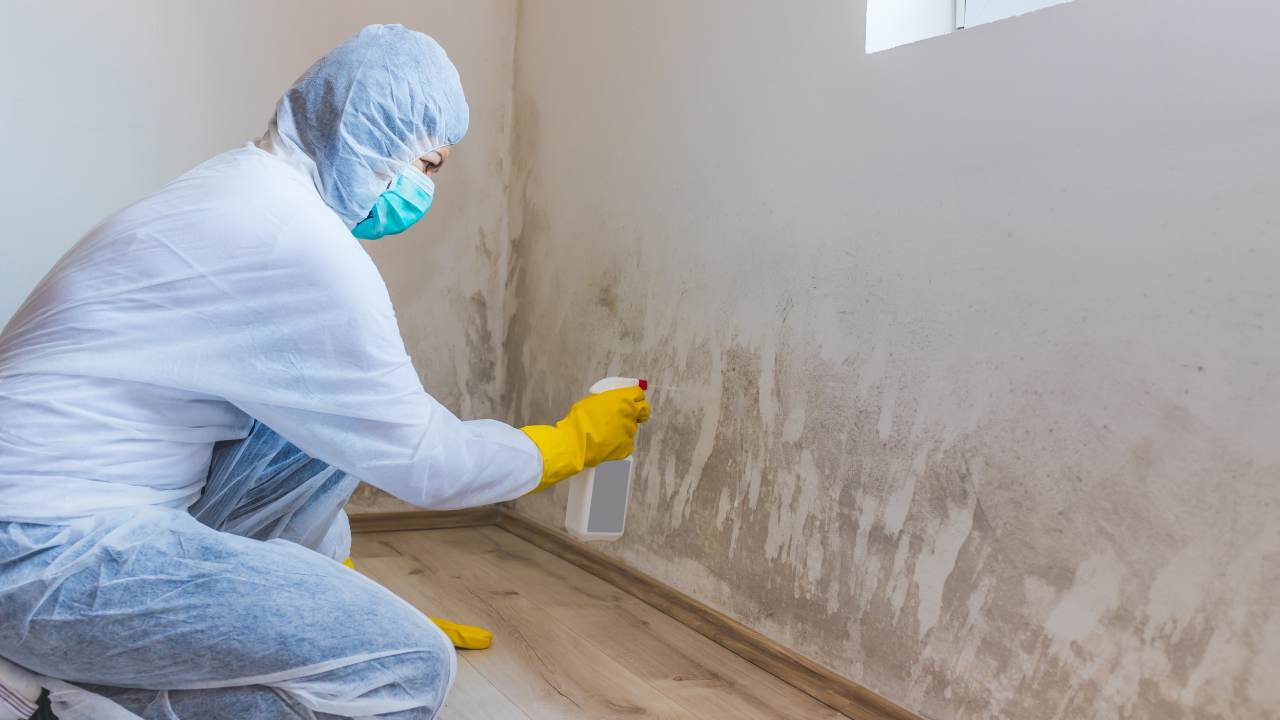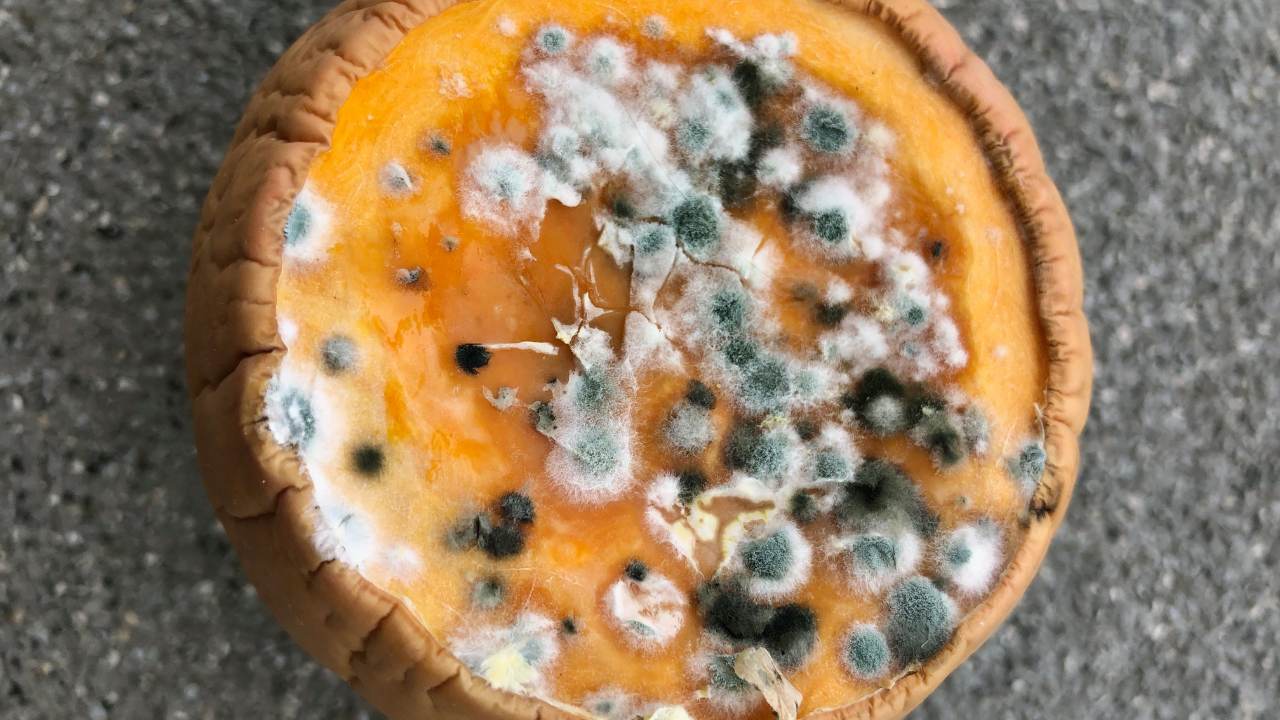Experiencing water damage can be a homeowner’s worst nightmare. In Reno, with its unique climate and potential for sudden storms, knowing how to effectively manage water damage is crucial. Whether it’s due to a burst pipe, a leaky roof, or heavy rainfall, the aftermath can be overwhelming. Thankfully, understanding the water damage restoration process can help you respond quickly and minimize long-term effects.
In this guide, we’ll walk you through the essential steps for water damage restoration in Reno. Not only will you learn about the immediate actions to take when disaster strikes, but we’ll also provide valuable insights into preventing future issues. With the right knowledge and resources, you can ensure your home is restored to its former glory and protected against future damage. Let’s dive in and explore how to tackle water damage like a pro!
22 best water damage restoration in reno
Understanding Water Damage Restoration
Water damage restoration is a comprehensive process that involves cleaning up and repairing property affected by water. This process can vary significantly based on the source and extent of the damage. Common sources of water damage include plumbing failures, natural disasters, or even appliances like washing machines or dishwashers. In Reno, where the weather can be unpredictable, being prepared is key.
Steps to Take Immediately After Water Damage
When faced with water damage, acting quickly is crucial. Here are the initial steps you should take:
- Ensure Safety: Before entering the affected area, make sure it’s safe. Turn off electricity and check for structural integrity.
- Stop the Water Source: If possible, identify and stop the source of the water. This could mean turning off your main water supply or fixing a leaky pipe.
- Remove Excess Water: Use buckets, mops, or a wet/dry vacuum to remove standing water. The faster you remove water, the less damage will occur.
- Dry the Area: Open windows and doors to increase airflow. Use fans and dehumidifiers to help speed up the drying process.
- Document the Damage: Take photos and write down details of the damage. This will be helpful for insurance claims.
Long-Term Restoration and Prevention
Once immediate actions are taken, focus on long-term restoration and prevention:
- Assess the Damage: Evaluate the extent of damage to walls, floors, and furnishings. You may need professional help for severe cases.
- Clean and Sanitize: After drying, clean and disinfect the area to prevent mold growth. Mold can develop within 24-48 hours of water exposure, so timely action is essential.
- Repair and Restore: Depending on the severity, you may need to replace drywall, flooring, or insulation. Hiring a professional water damage restoration service in Reno can ensure these repairs are done correctly.
- Implement Preventative Measures: To prevent future water damage, consider regular maintenance checks for plumbing and roofs. Additionally, investing in quality gutters and drainage systems can help manage water runoff effectively.
Understanding the water damage restoration process is essential for every homeowner in Reno. By taking immediate action, assessing the damage, and implementing preventative measures, you can protect your property and maintain its value. Don’t wait for the next storm to learn about water damage restoration—be proactive and keep your home safe!

